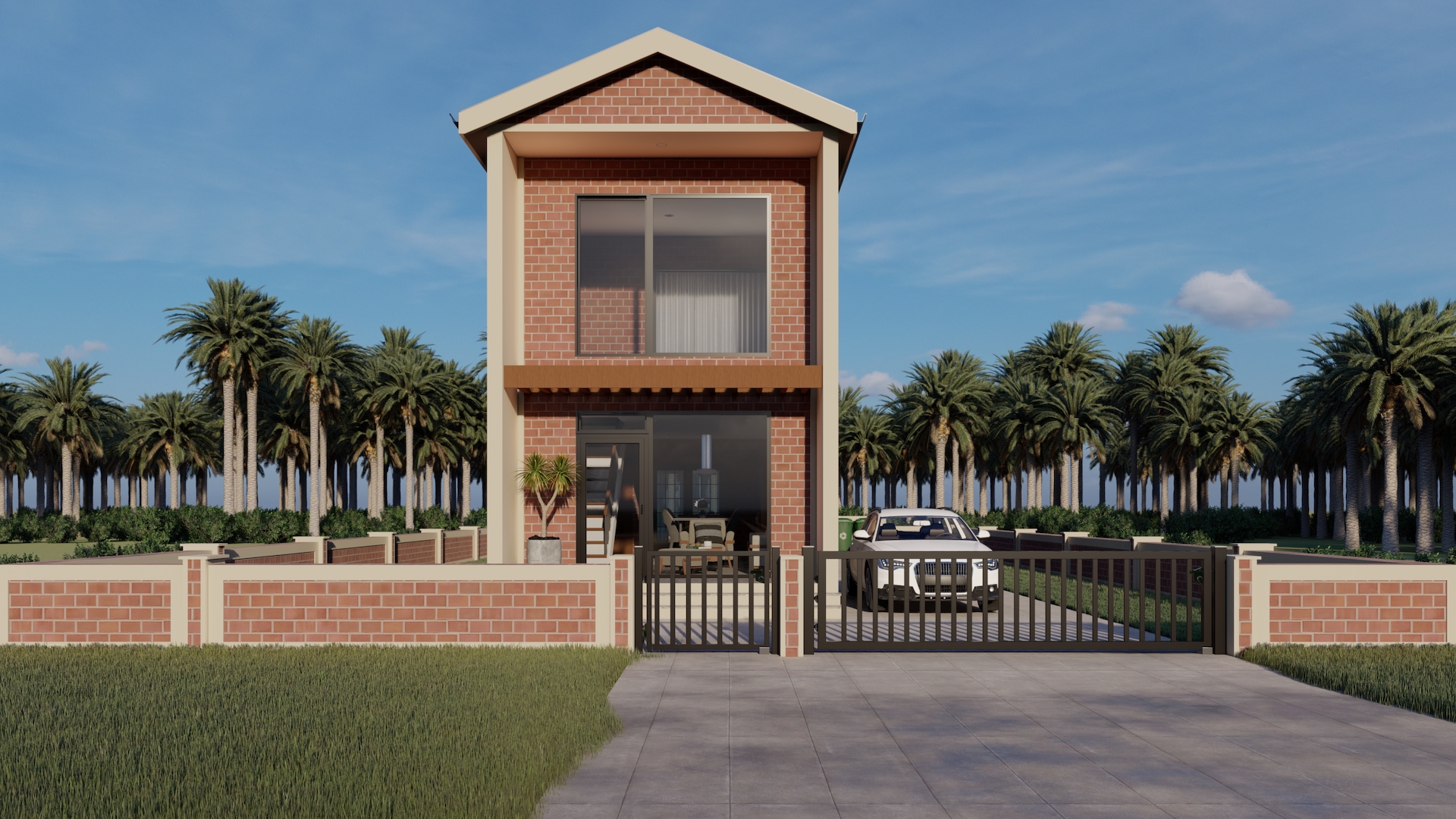
“Alternative building” refers to construction methods that differ from mainstream modern architecture. They often use natural building materials, with a strong emphasis on sustainable design. Recently, popular housing materials, such as treated lumber, synthetic insulation, and certain paints (to name a few) have been exposed as harmful to both the environment and the inhabitants of the houses. There is no dispute over this issue; anyone who cares to ask will find that treated lumber releases the preservatives and poisons which it was soaked in over a predictable period of time. This is where alternative construction comes in.
While green buildings most often include high technology as part of their design, alternative buildings more often depend on traditional designs (reflecting wisdom which has evolved over many generations) and creative use of locally available materials and limited resources. Indeed, some would say that “alternative building” is quite an odd phrase, considering that the strategies used to conserve energy and materials have been documented for millennia in some cases. Practices such as adobe, wattle and daub, mud-brick, rammed earth, earthbag, and straw bale housing construction is alive and well. In many instances, the houses are less expensive to build and maintain, healthier to live in, and more sturdy and reliable than those made from “conventional” materials.
Much of the trouble with acceptance in the mainstream comes from advertising. If a company knows that the average customer is perfectly capable of building their own house of readily available materials for a fraction of the market price, then that company must convince unaware consumers that the “alternative” option simply doesn’t exist. Of course, with many of these same companies sitting on planning boards, alternative construction has been given quite an unfavorable reputation in some localities.
Alternative building methods involve Eco and Green Developments which are designed to minimize energy requirements.
Sustainable buildings use materials that have a low environmental impact, eliminate sewage and wastewater pollution issues, protect the natural environment. They also promote the health and wellbeing, both physical and mental, of the occupants and those living and working close to the development.
Alternative Eco-Friendly Housing should encompass all of the following:
- Environmental Issues: Conservation of the site’s natural resources, both plant, animal, and mineral. Siting of the building for minimum heat loss through wind and shade and maximum heat gain from solar, high levels of insulation, maximizing natural lighting, energy-efficient appliances, sewage disposal, and lighting systems.
- Water and Wastewater: Rainwater harvesting, water-efficient appliances, minimizing and attenuating surface water run-off to prevent flooding and pollution. Sustainable solutions for the disposal of sewage, e.g. Sewage Treatment Plant Sustainable Filter Systems.
- Transport: Public transport access, close to shops, leisure facilities and work, home offices to reduce commuting.
- Materials: use of long-life sustainable materials with a low environmental impact avoiding those from non-renewable and non-sustainable sources, use of locally produced materials, use of recycled materials.
- Health and wellbeing: use of non-toxic materials during all stages of the build and all areas of the building, natural daylighting, freedom from noise and pollution, green spaces, a non-obtrusive design which flows into the surroundings.
- Affordability and adaptability: affordable ownership, the flexibility of design to adapt to the changing requirements of the occupants and future owners.




